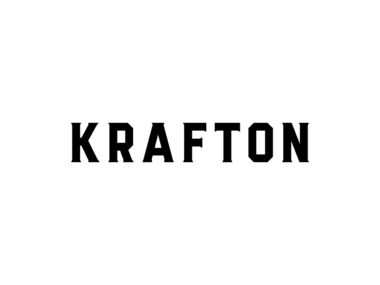“In a hierarchy, every employee tends to rise to his level of incompetence.” – Dr. Laurence J. Peter
The recent waves of layoffs in tech, retail, and finance have often been blamed on market downturns, over-hiring, or shifting economic conditions. But what if there’s a deeper, more uncomfortable truth behind it all? What if companies are quietly unraveling because of how they promote people?
Enter the Peter Principle — the idea that employees rise through the ranks until they land in roles they’re not equipped to handle. And once they’re there, performance falters, teams weaken, and companies face hard choices.
Promotions That Backfire
The Peter Principle isn’t just a clever observation; it’s a pattern we’ve seen play out again and again. Take Kelly, an exceptional secretary at XYZ123. After eight years of strong performance, she’s promoted to executive secretary — a title upgrade that comes with more responsibility but little support. Suddenly, her strengths aren’t enough. The skills that made her great in her previous role don’t carry over. Without training or mentoring, she flounders.
This scenario plays out across industries. Promotions are often given as rewards — not because someone is ready for the next level, but because they’ve earned the right to move up. But a reward isn’t the same as a good fit. Without systems to bridge that gap, companies end up with roles filled by well-meaning but under-prepared people.
In 2023 alone, over 191,000 tech workers were laid off. Retail and finance weren’t far behind. These numbers aren’t just about economic forces. They reflect deeper organizational issues: roles mismatched to skills, lack of development pathways, and people stuck in positions they never wanted in the first place.
The Peter Principle Has Limits — But It Still Hits Hard
To be clear, the Peter Principle doesn’t explain everything. It has blind spots:
- It ignores external shocks — like economic crashes or industry-wide changes.
- It underestimates human adaptability — people can grow, if given the chance.
- It assumes all advancement is vertical — when lateral moves often carry their own challenges.
- It overgeneralizes hierarchies — in flatter organizations, skill mismatches take different forms.
- It risks becoming an excuse — discouraging promotions altogether or treating growth as a liability.
But even with these caveats, the Peter Principle exposes a hard truth: Without intentional support, growth becomes a liability.
So How Do Companies Break the Cycle?
If promoting the wrong people leads to underperformance, and underperformance leads to layoffs, then companies need to stop treating promotions like a prize and start treating them like a plan.
✅ Strategic Talent Planning
Don’t just react — anticipate. Conduct regular talent assessments. Identify skills gaps before they become leadership gaps. Build training into the promotion process, not as an afterthought, but as a prerequisite.
✅ Smarter Hiring and Onboarding
Recruit not just for now, but for next. Assess learning agility, not just experience. Make onboarding more than paperwork — make it preparation.
✅ Career Growth That’s Actually Growth
Offer real paths to develop, not just move up. Invest in mentorship, cross-functional experience, and continued education. Make it safe to say “I’m not ready yet” — and provide a roadmap to get there.
✅ Growth With Guardrails
Every promotion should come with a support system. Without one, you’re not promoting — you’re setting people up to fail.
The Real Question Isn’t “Who Failed?” — It’s “Who Was Set Up to Fail?”
The Peter Principle isn’t a punchline. It’s a warning. Layoffs might be the end result, but the real breakdown happens much earlier — when companies confuse promotion with preparation, and recognition with readiness.
Want to build a resilient workforce? Don’t just celebrate talent. Develop it.
📌 Changelog
- April 20, 2025: Article rewritten for clarity. Updated image.
- May 19, 2024: Original article posted.






